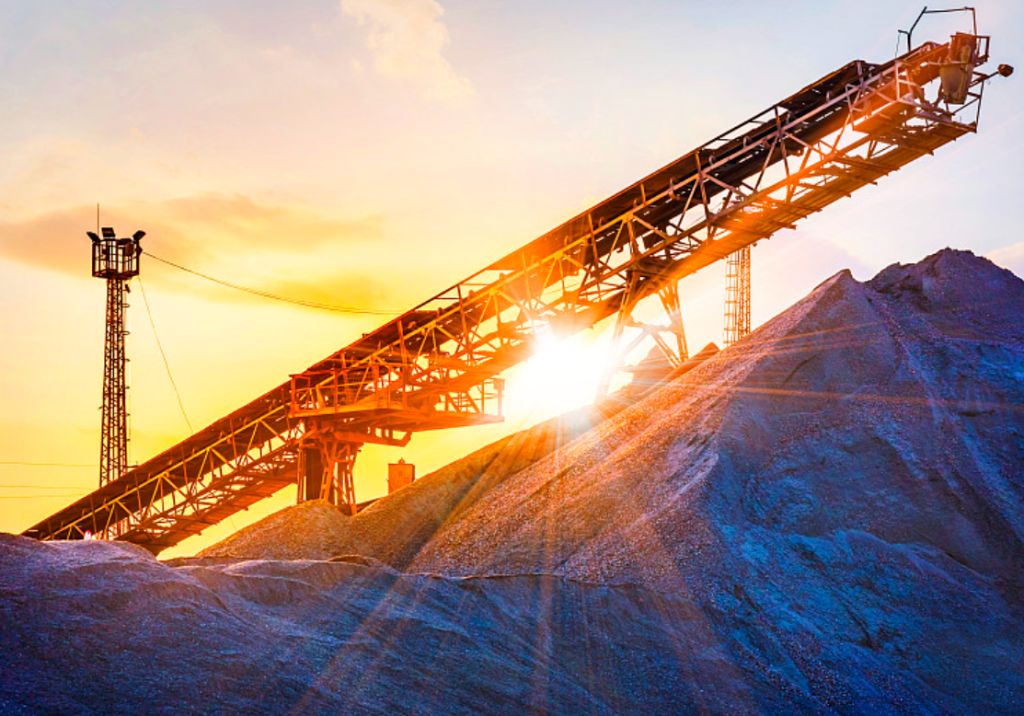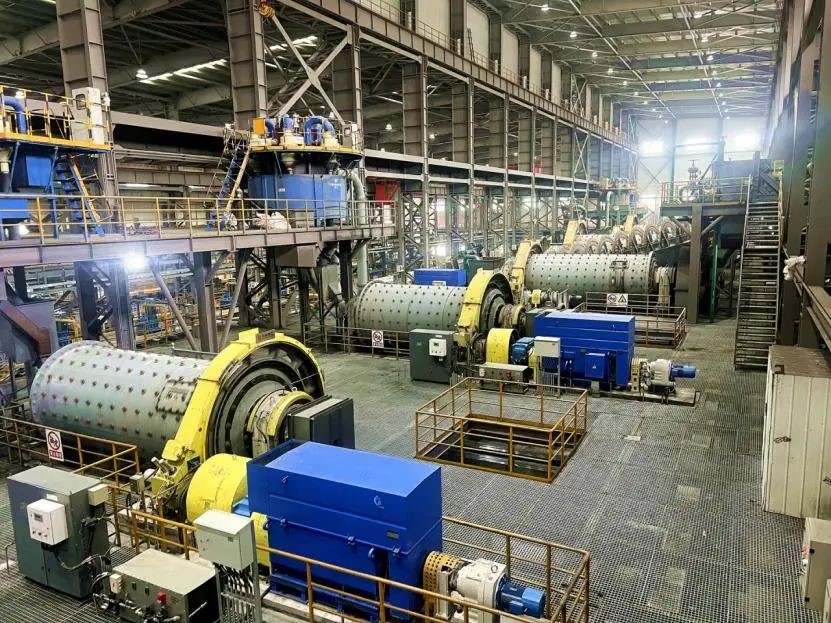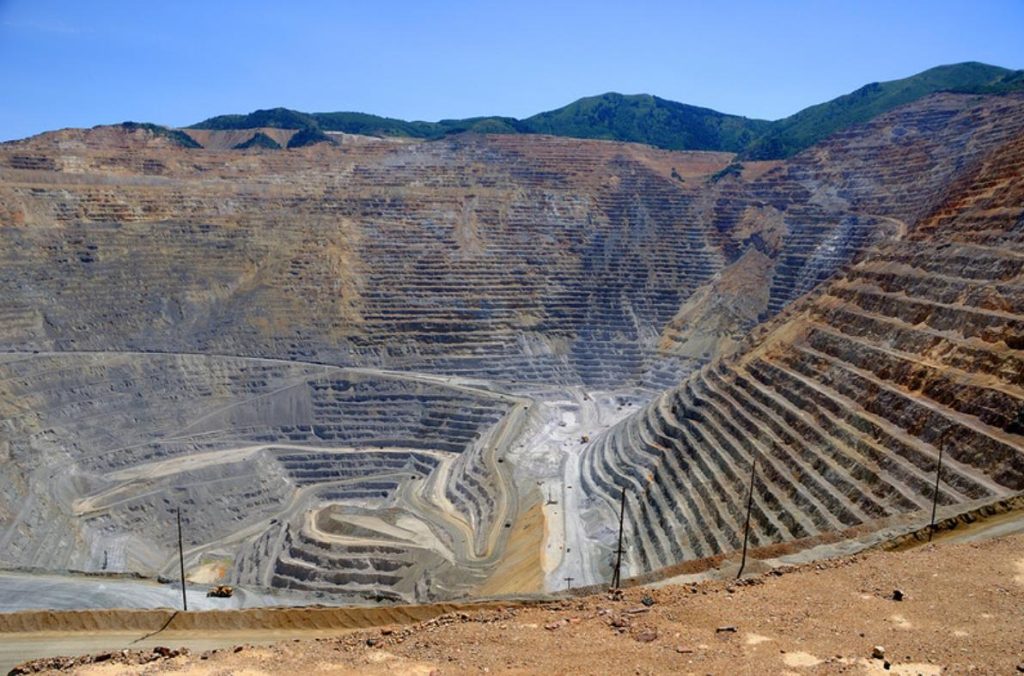Canadian miner Barrick Gold continues to uphold the tier one status of its Kibali mine, in the Democratic Republic of Congo (DRC), with exploration having replaced the gold mined in 2022. This is the fourth successive year that Kibali – a joint venture between Barrick Gold and AngloGold Ashanti – has replaced the ounces that it mined, extending its tier one status to 2033.
Exploration also grew reserves to a level equivalent to that in the original 2010 feasibility study, despite Kibali having produced more than 6.40-million ounces of gold since commissioning, says Barrick Gold. Last year, Kibali produced 749 589 oz of gold. Barrick defines a tier one gold mine as an asset with a reserve potential to deliver a minimum ten-year life, production of at least 500 000 oz/y of gold and total cash costs per ounce over the mine life that are in the lower half of the industry cost curve.

In a statement following CEO Mark Bristow’s visit to the mine last week, Barrick notes that since Kibali went into production ten years ago, it has not only grown into Africa’s biggest gold mine, it has also opened a new mining frontier in the DRC and stimulated the development of a thriving regional economy in the country’s North-East province. Bristow says the mutually beneficial partnership between the company and its local stakeholders, notably the government, contractors, service providers, employees and the community, has demonstrated that it is possible to build and operate a successful, world-class mine, run by host country nationals in one of Africa’s remotest corners. In the 13 years since the acquisition of the property which became Kibali, it has invested more than $4.6-billion in the DRC, with payments to local contractors and suppliers alone amounting to almost $2.4-billion; $1.4-billion going to the government in the form of royalties, taxes and permits; salaries amounting to $621-million; and the investment of $196-million in infrastructure development and community support. “Kibali has multiple partnerships with local businesses, many of which we have actively mentored, such as the all-Congolese team that built the mine’s Azambi hydropower station,” Bristow says. “Kibali’s three continuously upgraded hydropower stations and their battery back-up system have put it in the lead of the Barrick group’s green energy drive. At present, approximately 80% of the mine’s power requirement is provided by renewable energy sources and this will rise when the planned new solar plant is commissioned in 2025, further reducing Kibali’s carbon footprint as well as its costs.”



